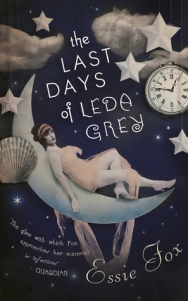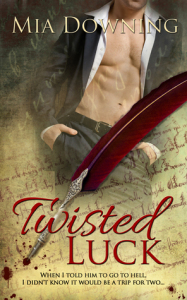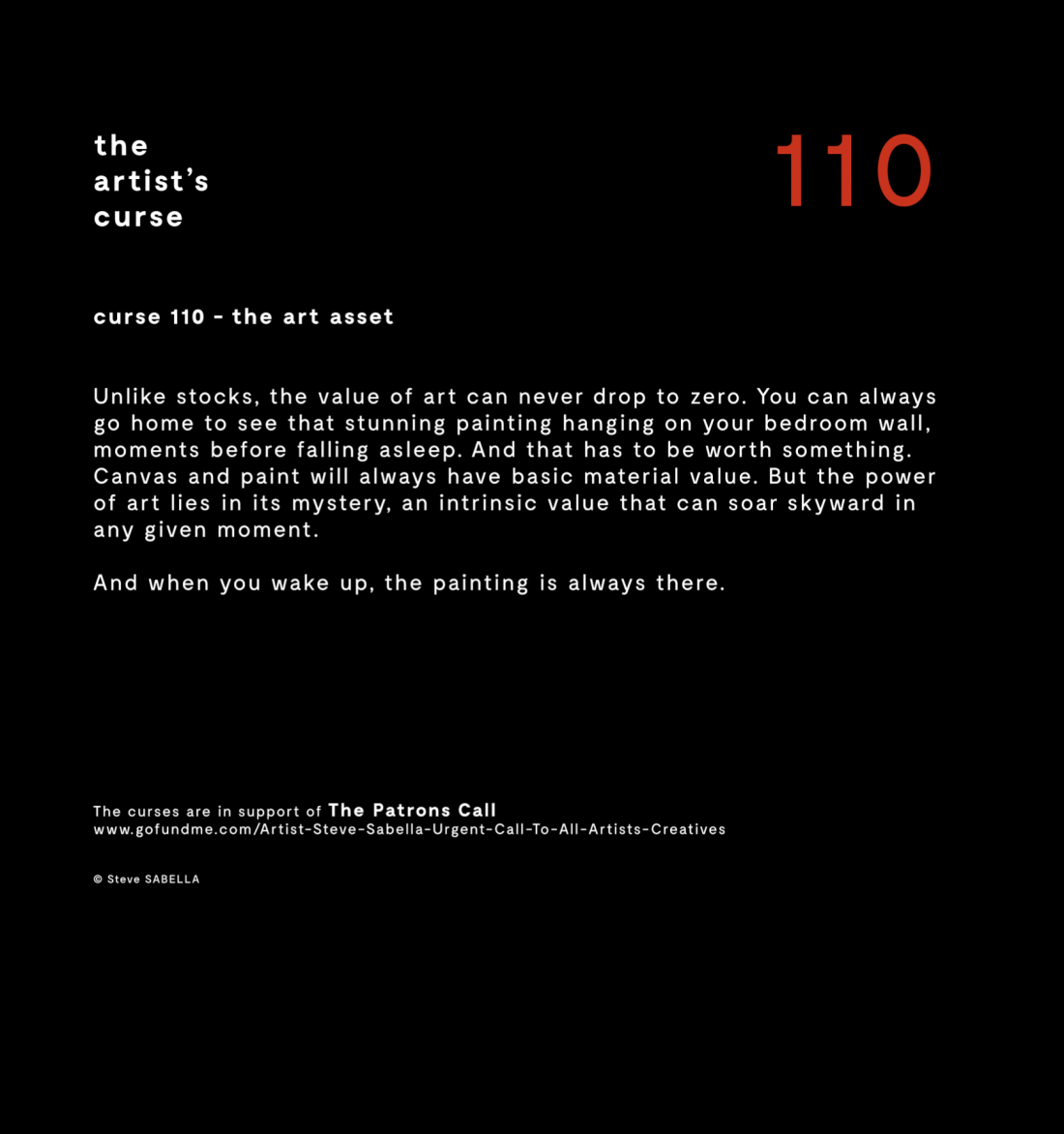Nestled on the corner of the Vauxhall Pleasure Gardens is a Victorian pub that now operates as a tea house by day and a theatre by night, and once a night a writing salon is hosted, everything about this is right up my street. It’s run by writers Kellie and Emma, and every month they have a guest author and host a discussion about the particulars writing. You can have a look at their wonderful website and blog here .
 Earl grey in a duck mug, my trusty notebook, and Words Away
Earl grey in a duck mug, my trusty notebook, and Words Away
I made my way through the Pleasure Garden’s, and wondered if the clocks had not changed the day before how different the park would have looked amongst the estates and train line. Once you step inside the Tea Room, it is like walking into someone’s living room as it was adorned with plenty of tables, armchairs, and lots of odd bits and bobs, there is even a wandering in house cat called Maggie. I was so pleased that there was the option to purchase a mug, a pot, a slice of cake, or a cheeky glass of wine. I had settled on Earl Grey in a mug with ducks before scanning the room for a place to sit. On my table was a man, who proclaimed “I have just finished an MA in creative writing, I’ve also got a pot of Oolong to try for the first time”. He went on to tell me about his novel in progress, and how he hoped tonight would give him the secret to writing a historical work of fiction.

Essie Fox- The Storyteller divides her time between Windsor (where she posts gorgeous photos of her walks on instagram) and the east end of Lond0n- both of which she embodies in her books. Before she became a writer she worked as an illustrator and then an editorial assistant for publishers Allan and Unwin. She has has written three Victorian novels and now, after over saturating herself as she admits, The Last Days of Leda Grey moves into the Edwardian era and also the 1970’s as it tells the haunting story of an enigmatic silent film actress before an obsessive love affair leaves her abandoned and alone for more than half a century.
Where does Essie find her inspiration? As a little girl she was intrigued by folklore, fairytales and icelandic myths, in particular Charles Kingsley’s The Water Babies, it was another world, an under water world, a place where different realities can become real. Fox is also inspired by places, paintings, atmosphere of a place. 
but it wasn’t all easy sailing from ideas to publication with crime novels you obviously know the rules, but with the style that Fox writes, it’s all a little unconventional. Her first written novel was picked up by a publishing house on a Friday, Fox bought herself a bottle of champagne and could hardly keep her feet on the ground as she walked through Windsor, but it wasn’t meant to be. The marketing department didn’t quite know what to do with it. It eventually became her third published novel.
So how does Fox go about writing her historical fiction? She doesn’t plot but knows the beginning and the end, and holds it all in her head. She recommends having a well used library, treating the research like coursework for university, researching as you go, and doing enough to ensure that are confident in what you are writing about (if it’s not right someone will pick it up) and the Fox believes that research opens so many doors to fascinating, genuine, events. You won’t know what you need until you’re writing it.
And how does she organise all that research? Folders on her computer of all the characters and scenes as well as a pinterest board. and the rs
Be brave, write from the heart, use licence because who knows what happens behind the curtain, and make your own rules and stick to them
 Essie Fox and Myself. I love how the light makes Fox look like an ethereal elf
Essie Fox and Myself. I love how the light makes Fox look like an ethereal elf
And her advice on writing the words down? Be brave, if you write 20,000 words and then realise it’s where your novel should start, it’s not a failure, you’re working your way into a story, describing and honing in to the point. Essie will go about writing 4 drafts, 150,000 words get cut down to 100,000 words, but don’t be afraid to cut. Keep thinking about every person in the story- are they needed? do they drive the story on?
Disclaimer: Featured photos are saved from internet sources and are not the product of my own skills. All workshops/events are paid for by me and all reviews are mine from my own notes, opinions, and experiences.
Advertisements Share this:




